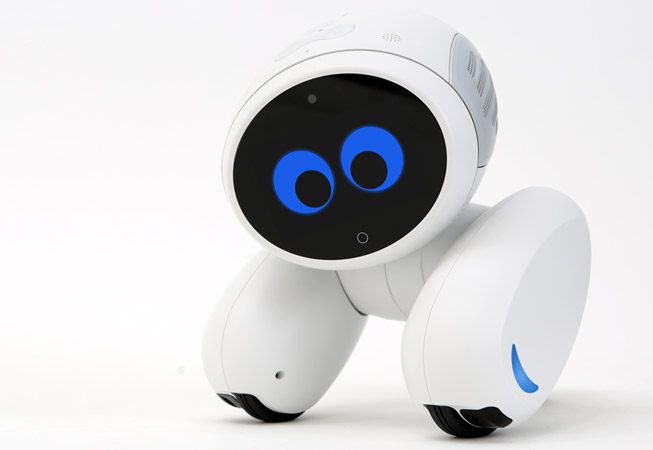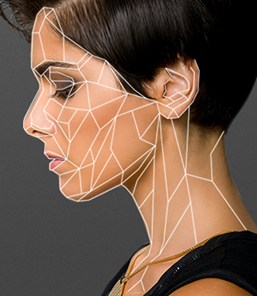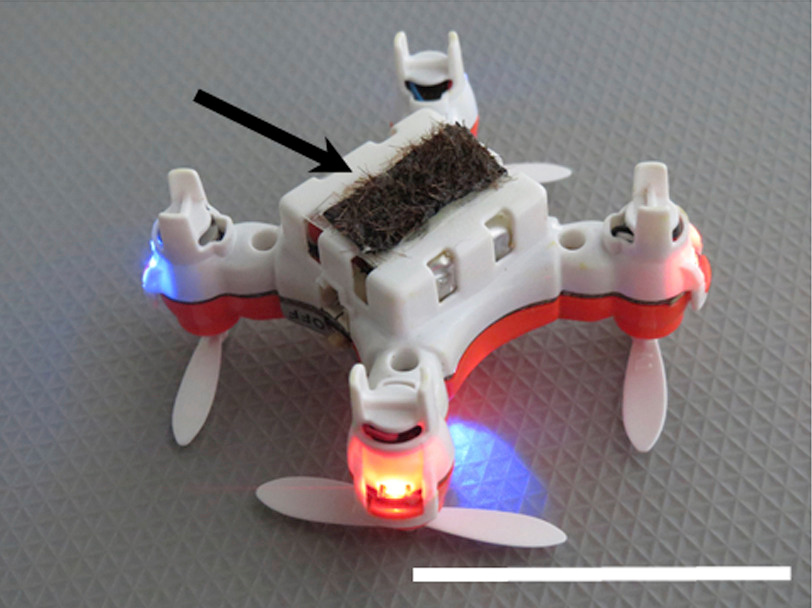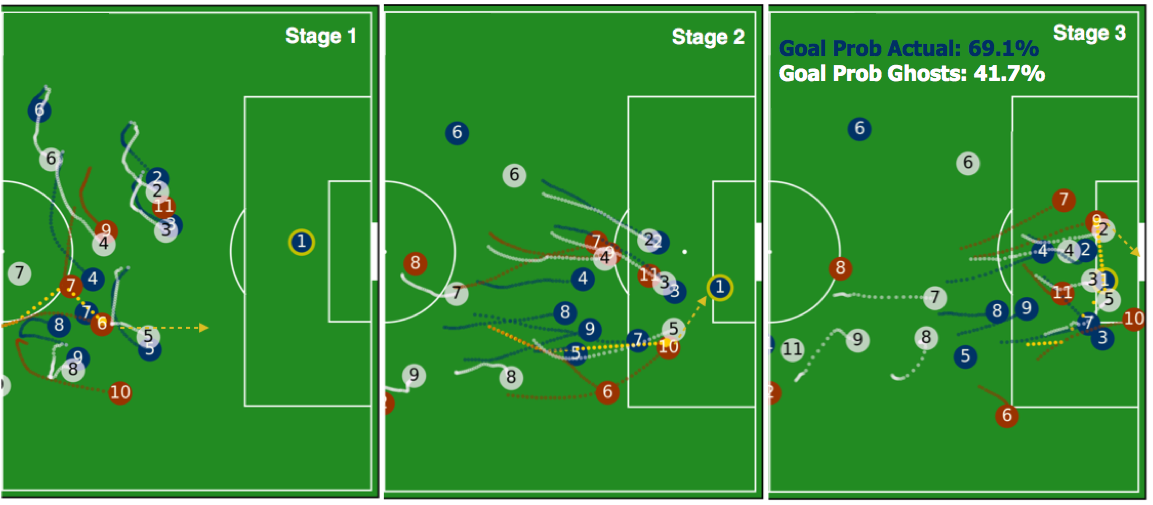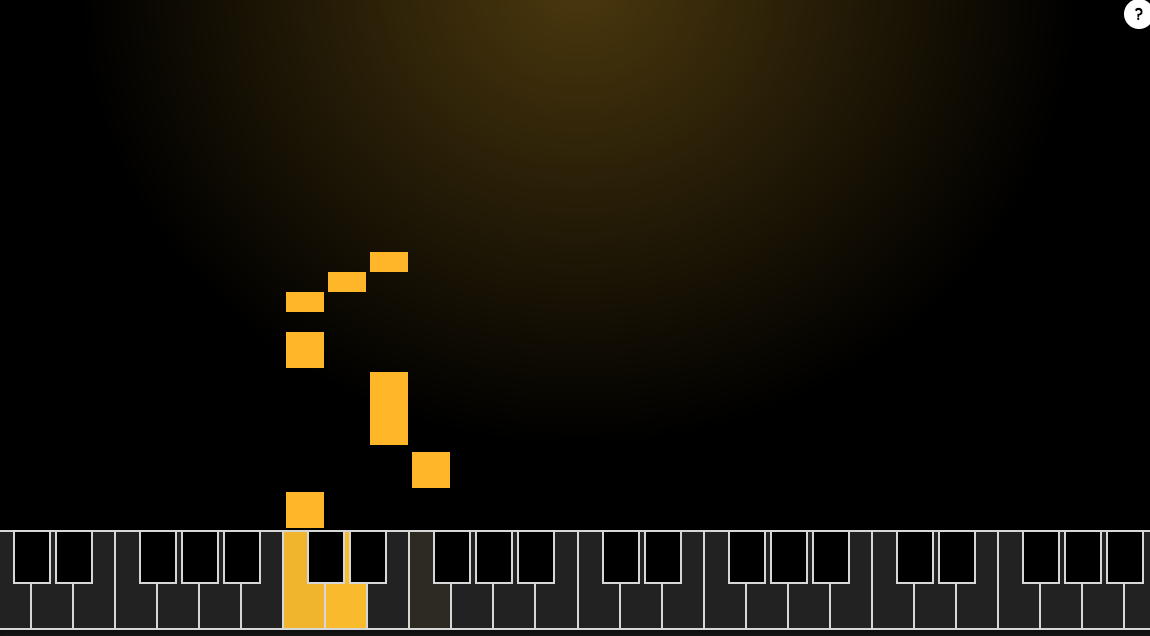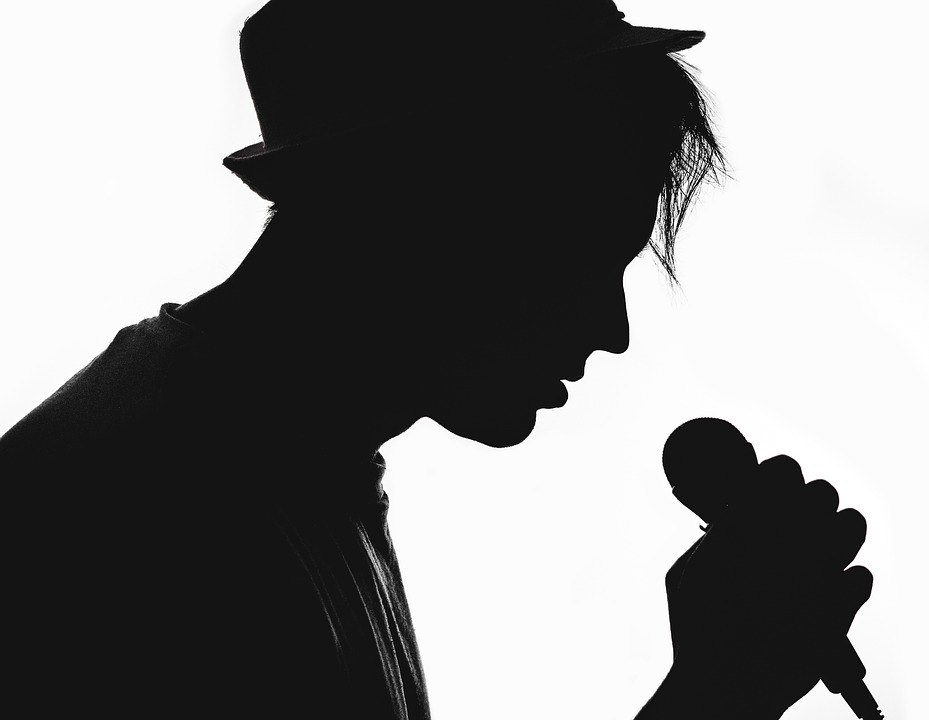As artificial intelligence continues to advance, more and more businesses are starting to take interest. Businesses from every industry are trying to figure out how they can update their solutions to leverage artificial intelligence, or how they can find new and interesting solutions to take advantage of the technology.
While there have been some groundbreaking use cases in health, science, and software development, there have also been some wacky products to come out of the woodworks.
SD Times has rounded up the top 10 most unusual ways we’ve seen artificial intelligence put to use:
Flippy:
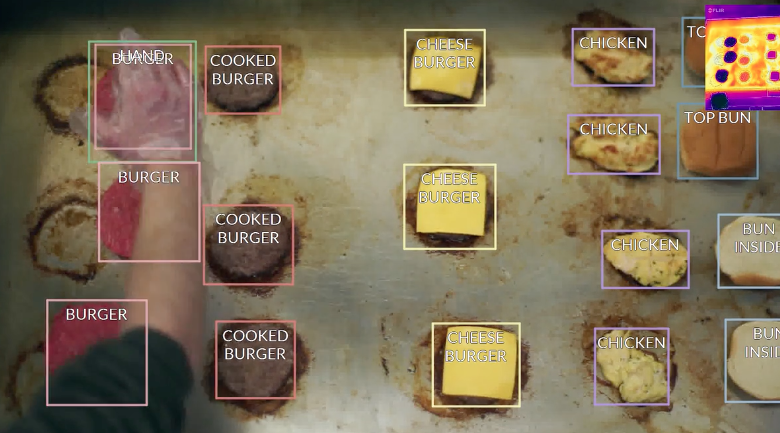 The hamburger restaurant CaliBurger is hiring a new employee that won’t need to worry about wearing a hairnet in the kitchen. Flippy is an artificial intelligence-driven robot designed to flip burgers and place them on buns. The robot was designed by Miso Robotics, and aims to handle hazardous, tedious and time-sensitive aspects of grilling. According to David Zito, CEO of Miso, Flippy will learn to adapt, and it can be trained to help with almost any dull, dirty or dangerous task such as frying chicken, cutting vegetables or plating.
The hamburger restaurant CaliBurger is hiring a new employee that won’t need to worry about wearing a hairnet in the kitchen. Flippy is an artificial intelligence-driven robot designed to flip burgers and place them on buns. The robot was designed by Miso Robotics, and aims to handle hazardous, tedious and time-sensitive aspects of grilling. According to David Zito, CEO of Miso, Flippy will learn to adapt, and it can be trained to help with almost any dull, dirty or dangerous task such as frying chicken, cutting vegetables or plating.
ELLI•Q:
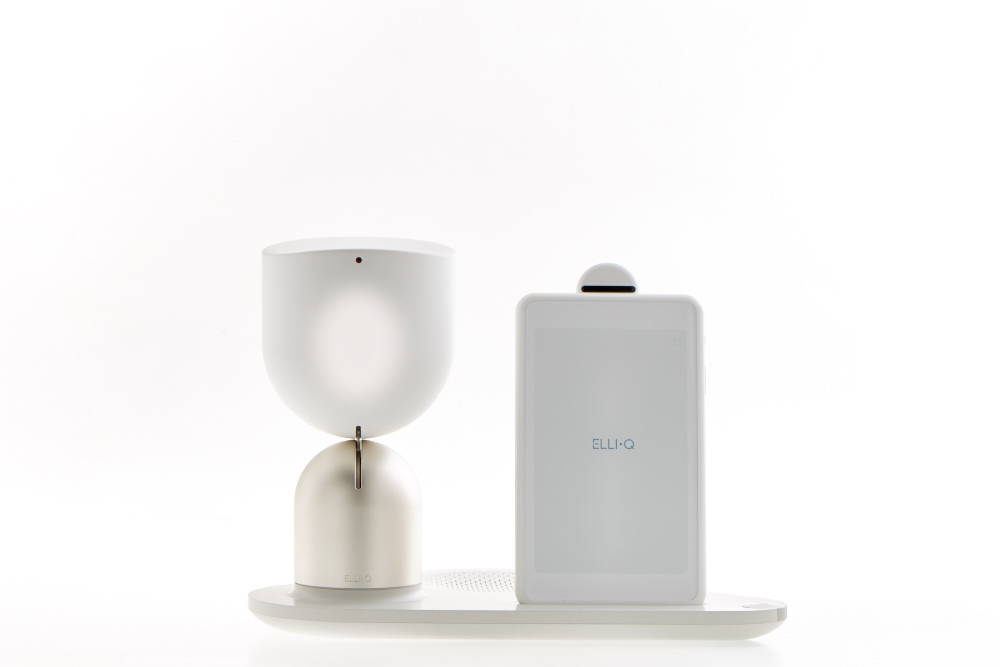
Go visit your grandparents, parents and loved ones, otherwise their affection may go to a machine! This new artificial intelligence system aims to keep older adults occupied, and the social companion is designed to keep the elderly active, engaged and connected. It features video chats, online games and social media.
Maybe you are looking for a different kind of robot companion. How about one that reminds you of man’s best friend? Domgy is an artificial intelligence pet companion robot designed to recognize family members, read emotions, entertain family, and obey orders. It “shows” love, happiness, it growls and whines, all to represent a full range of emotions. It features indoor navigation planning, sports control, remote control functionalities, facial recognition, and voiceprint. But, Domgy doesn’t replace our furry pets, unless you were going for a Jetson-type pet.
Ara:
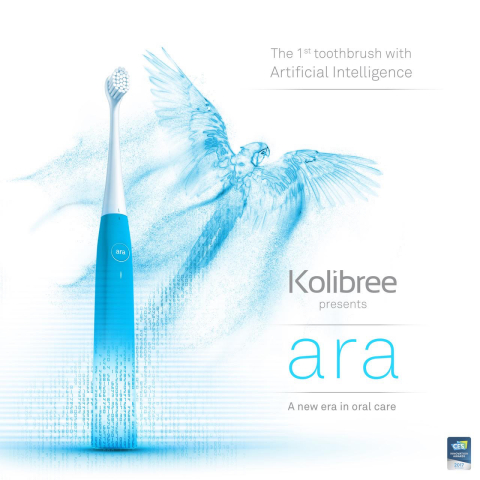
Dentists and dental hygienists try to nail into our brains the importance of brushing our teeth and flossing, but soon, maybe they won’t have to. Kolibree, a oral health connected solution provider, has launched Ara, a toothbrush that contains artificial intelligence inside. It is designed to tell where you are brushing, the frequency, and duration.
Artificial intelligence is not only being used by consumers, but it can be used to attract more consumers. Affectiva’s emotion AI is designed to bring emotional intelligence to the digital world. It can predict if media and advertisement consumers find content likable and memorable or if it enhances their likelihood of purchasing something. In educational situations, the AI can tell if the student is engaged and learning. So, instead of having to worry if the government is spying on us through our devices, we will have to worry about what artificial intelligence is gathering about us.
Leave it to Starbucks to try to make it even more convenient to order a cup of coffee. Hopefully this barista has better spelling than its in-store baristas. The company is rolling out its My Starbucks Barista, a new AI that will allow mobile customers to place an order using their voice just as if they were talking to someone at the store.
Have you ever been in a competition and felt that the judge was biased? Well, a new beauty contest judge will perceive you on how they see you, not how they feel about you. Beauty.AI is an artificial intelligence solution that perceives human beauty by how healthy someone is, not by their age or nationality.
Bees have an important task to pollinate crops, however their species are beginning to die out because of pesticides, mites, viruses, parasites and other nutrition problems. To ensure we don’t suffer from future famine, researchers have developed a robot bee drone that incorporates artificial intelligence, GPS and a high-resolution camera to pollinate like honeybees do. Let’s hope this technology doesn’t end up like that episode of Black Mirror…
In sports, it is normal for coaches and team members to go over footage and try to determine ways they can perform better next time. A team of researchers want to help assess athletic performance quicker with deep learning techniques. The team uses deep learning techniques to learn the behavior of each player, examine the player’s history, and make predictions.
Google is giving piano players the ability to create their own duets without requiring another pianist. A.I. Duet is an interactive experiment that virtually plays the piano with you. As you start playing some notes, the AI will response to the melody. Pretty soon it won’t take a full production to put on a concert!
Speaking of musical artificial intelligence, researchers have introduced DopeLearning, a computational approach to generate rap lyrics. This artificial intelligence won’t be able to participate in any rap battles any time soon, but it will be able to create its own rap lyrics. Through the approach the researchers created DeepBeat, an algorithm that can either generate lyrics or suggest lines for users trying to create their own lyrics.

